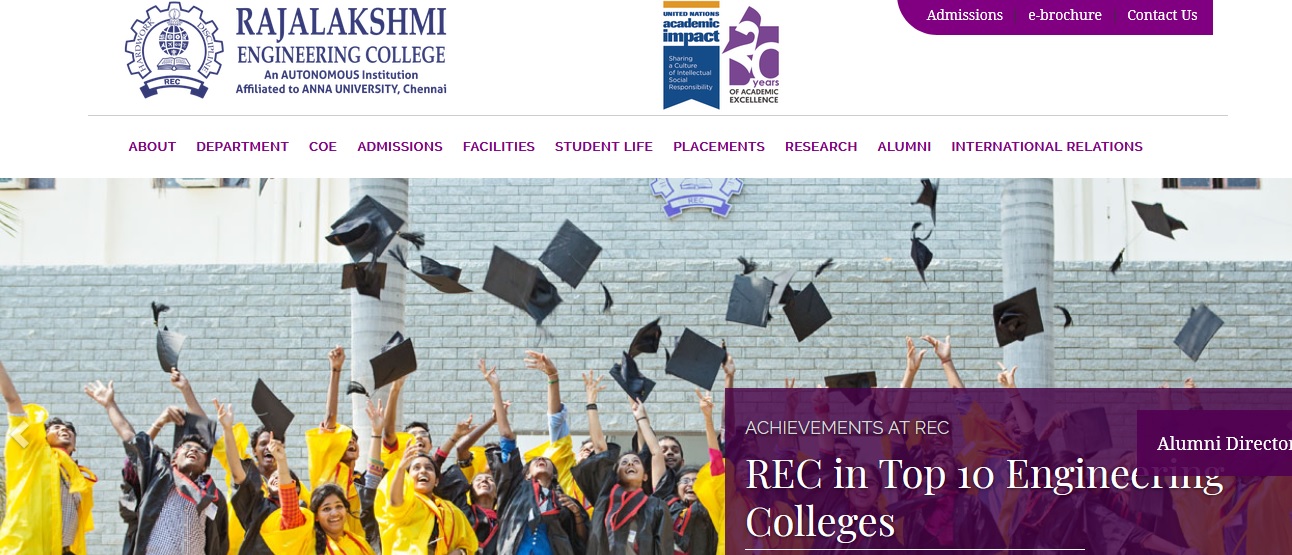CS1301 Software Engineering B.E Question Bank : rajalakshmi.org
Name of the College : Rajalakshmi Engineering College
Name of the University : Anna University
Degree : B.E
Department : Computer Science and Engineering
Subject Code/Name : CS1301/Software Engineering
Year : III
Semester : V
Document Type : Question Bank
Website : rajalakshmi.org
Downloads :https://www.pdfquestion.in/uploads/ra…-CS2301-QB.doc
Rajalakshmi Software Engineering Question Bank
Unit 1
Software Process
Part A (2 Marks) :
1. What is software engineering?
2. What is Software?
3. Write out the reasons for the Failure of Water Fall Model.
Related : Rajalakshmi Engineering College CS2311 Object Oriented Programming B.E Question Bank : www.pdfquestion.in/2874.html
4. What are the characteristics of the software?
5. Define the terms :
i. Agility
ii. Agile Team
6. What are the various categories of software?
7. What are the challenges in software?
8. Define software process
9. What are the fundamental activities of a software process?
10.What are the umbrella activities of a software process?

11.What are the merits of incremental model?
12.List the task regions in the Spiral model.
13.What are the drawbacks of spiral model?
14.What is System Engineering?
15.List the process maturity levels in SEIs CMM.
16.What is an effectors process?
17.Define the computer based system.
18.What does Verification represent?
19.What does Validation represent?
20.What is the difference between the “Known Risks” and Predictable Risks”?
21.What are the steps followed in testing?
Part B :
1. Explain iterative waterfall and spiral model for software life cycle and various activities in each phase. (16)
2. Explain about the incremental model. (16)
3. Explain in detail about the software process. (16)
4. Explain in detail about the life cycle process. (16)
5. Explain Spiral model and win-win spiral model in detail?(16)
Unit II
Software Requirements
Part A (2 Marks) :
1. What is the use of CMM?
2. Name the Evolutionary process Models.
3. What are the Objectives of Requirement Analysis?
4. What is requirement engineering?
5. What are the various types of traceability in software engineering?
6. Define software prototyping.
7. What are the Requirements Engineering Process Functions?
8. What are the benefits of prototyping?
9. What are the prototyping approaches in software process?
10.What are the Difficulties in Elicitation?
11.What are the advantages of evolutionary prototyping?
12.What are the various Rapid prototyping techniques?
13.What is the use of User Interface prototyping?
14.What is System Modeling?
15.What are the characteristics of SRS?
16.What are the objectives of Analysis modeling?
17.What is data modeling?
18.What is a data object?
19.What are attributes?
20.What is cardinality in data modeling?
21.What does modality in data modeling indicates?
22.What is ERD?
23.What is DFD?
24.What does Level0 DFD represent?25.What is a state transition diagram?26.Define Data Dictionary.
Part B :
1. Explain in detail about Functional Modeling. (16)
2. Explain in detail about Structural Modeling. (16)
3. Explain in detail about data modeling. (16)
4. Explain about rapid prototyping techniques. (16)
5. Explain the prototyping approaches in software process. (16)
UNIT III
Design Concepts & Principles
PART A : (2 marks)
1. What are the elements of Analysis model?
2. What are the elements of design model?
3. How the Architecture Design can be represented?
4. Define design process.
5. List the principles of a software design.
6. What is the benefit of modular design?
7. What is a cohesive module?
8. What are the different types of Cohesion?
9. What is coupling?
10.What are the various types of coupling?
11.What are the common activities in design process?
12.What are the benefits of horizontal partitioning?
13.What is vertical partitioning?
14.What are the advantages of vertical partitioning?
15.What are the various elements of data design?
16.List the guidelines for data design.
17.Name the commonly used architectural styles.
18.What is Transform mapping?
PART B
1. Explain in detail the design concepts. (16)
2. Explain the design principles. (16)
3. Explain the design steps of the transform mapping. (16)
4. Explain in detail about the real time systems. (16)
5. Explain in detail about SCM. (16)
UNIT IV :
Testing
PART A : (2 marks)
1. What is a Real time system?
2. What is SCM?
3. What is SCI?
4. Define software testing?
5. Define Smoke Testing ?
6. What are the objectives of testing?
7. What are the testing principles the software engineer must apply while performing the software testing?
8. Define White Box Testing?
9. What are the two levels of testing?
10.What are the various testing activities?
11.Write short note on black box testing.
12.What is equivalence partitioning?
13.What is Regression Testing?
14.What is a boundary value analysis?
15.What are the reasons behind to perform white box testing?
16.What is cyclomatic complexity?
17.How to compute the cyclomatic complexity?
18.Distinguish between verification and validation.
19.What are the various testing strategies for conventional software?
20.Write about drivers and stubs.
21.What are the approaches of integration testing?
22.What are the advantages and disadvantages of big-bang?
23.What are the benefits of smoke testing?
24.What are the conditions exists after performing validation testing?
25.Distinguish between alpha and beta testing.
26.What are the various types of system testing?
PART B :
1. Explain the types of software testing. (16)
2. Explain in detail about Black box testing. (16)
3. Explain about the software testing strategies. (16)
4. Explain in detail about Integration testing. (16)
5. Explain in detail about system testing. (16)